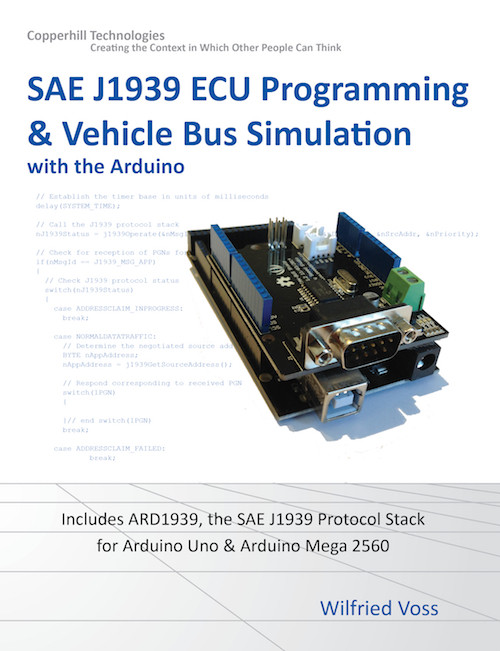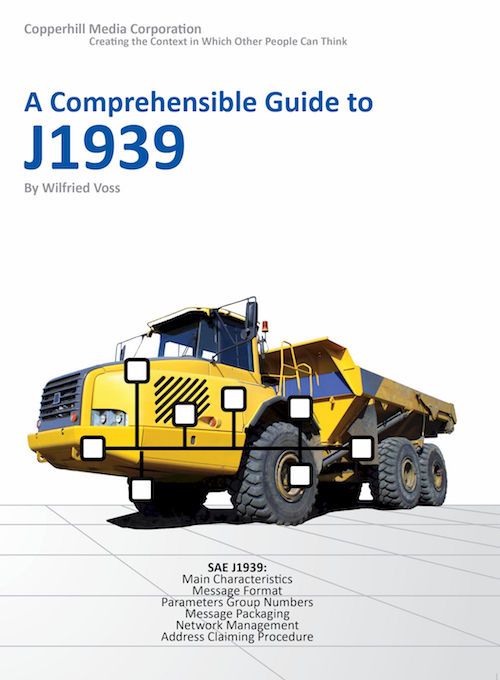Recent Posts
SAE J1939 ECU Programming & Vehicle Bus Simulation with Arduino - Connecting Arduino to a Real SAE J1939 Network
Posted by on
This post is part of a series about SAE J1939 ECU Programming & Vehicle Bus Simulation with Arduino.
I have successfully tested my Arduino sketches against commercially available SAE J1939 devices with their monitoring and simulation software, but I did not have the luxury of connecting them to a real vehicle (diesel engine). Nevertheless, all sketches should work in the “real world.”
If you do so, please read the description of all Arduino projects carefully. All sketches were created for mere demonstration and educational purposes, but their impact on a real vehicle network depends heavily on the application you are trying to accomplish. The mere monitoring of J1939 data frames should post no problem whatsoever, but writing data into the network requires detailed knowledge of the network and its components. I have tried to address any such aspect in the individual projects.
In order to connect your Arduino to a real vehicle network, you will need to provide the proper wiring and connectors. In the following, I will explain connections as they are used in the industry, but my description can only serve as a coarse educational example. Please refer to the SAE J1939 Standards Collection (SAE J1939/1x and SAE J1939/2x documents) for proper information.
SAE J1939 has become the accepted industry standard and the vehicle network technology of choice for off-highway machines in applications such as construction, material handling, and forestry machines. J1939 is a higher-layer protocol based on Controller Area Network (CAN). It provides serial data communications between microprocessor systems (also called Electronic Control Units - ECU) in any kind of heavy duty vehicles. The messages exchanged between these units can be data such as vehicle road speed, torque control message from the transmission to the engine, oil temperature, and many more.
A Comprehensible Guide to J1939 is the first work on J1939 besides the SAE J1939 standards collection. It provides profound information on the J1939 message format and network management combined with a high level of readability.
 Loading... Please wait...
Loading... Please wait...


